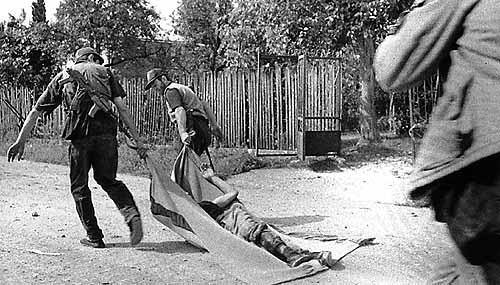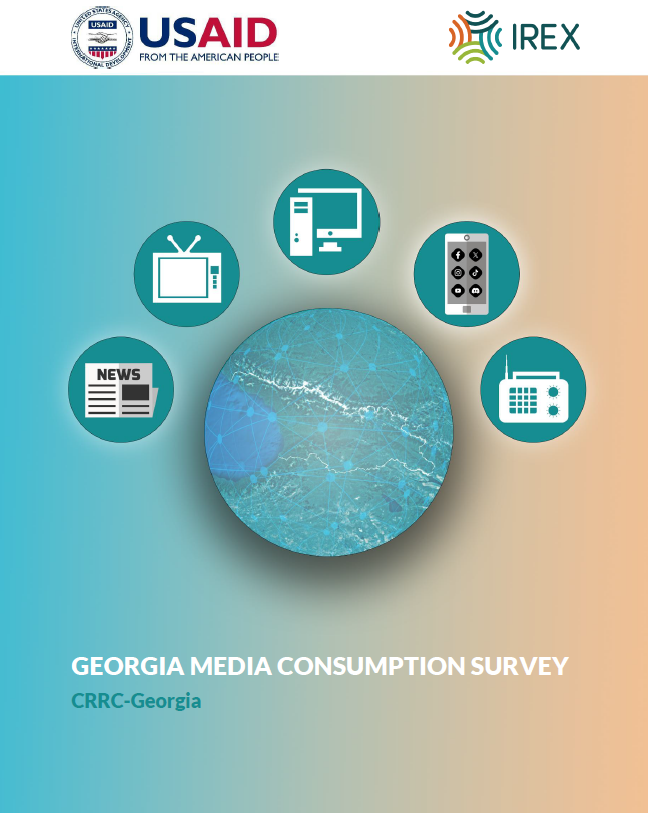Yesterday the Heritage Foundation released the Index of Economic Freedom 2009. The Index is published annually by the Heritage Foundation together with the Wall Street Journal for over 150 countries of the world (183 in 2009).
But the Index may be misleading, as the analysis of one of the index components reveals that some data that goes into it seem to be outdated. The index is calculated as an average of 10 indicators that measure the level of the economic freedom of a country. The indicators include: business, trade, fiscal, monetary, investment, financial and labor freedoms, as well as government size, property rights, and freedom from corruption.
To measure the last indicator, the Heritage Foundation uses the Corruption Perception Index produced annually by Transparency International. Data sources for CPI are surveys of business people and expert assessments. The authors of the Index of Economic Freedom take CPI and multiply it by 10, since the other 9 indicators that make up the Index are measured on a scale from 0 to 100.
One would expect that the Index published early in the year is based on the data from the previous year. We can expect that the 2009 index reflects the 2008 situation, even though calling this “a 2009 index” is misleading. However, the data goes back even further than 2008.
Compare the Index of Economic Freedom’s Freedom from Corruption score and CPI, which is used as the basis for the former, for Azerbaijan:

The authors of the Index use June 30 as the cut-off date for the inclusion of any information in the next year’s report. This means that all information that became available after June 30, 2008 was not included in the 2009 Index. That’s why the most recent CPI data, released by Transparency International in September 2008, did not go into the 2009 Index.
The Index of Economic Freedom is widely accepted as an annual assessment of a country’s performance. As such, it stirs discussion within society, and usually country’s previous scores are used for comparison. The FAQ section of the homepage for the Index states that “some factors are based on historical information.” But what is the chance that an Azeri journalist or an ordinary citizen, who learns about the country’s Index for a given year, read the FAQ?
Also, one may ask how consistent and representative a mix of historical and current information (some Index components are based on the recent figures) is?
The credibility of international assessments like this and their impact on the governments, media and civil society across the world would only increase if they are consistent and based on an updated analysis.













